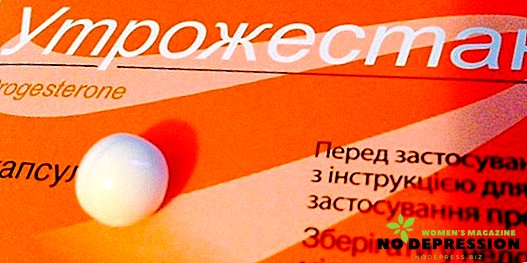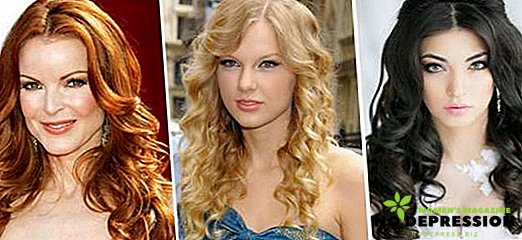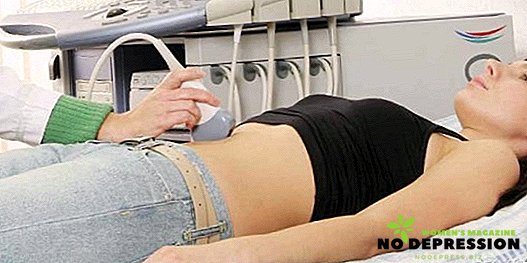The curvature of the nasal septum is a common pathology. Depending on the position, degree of curvature, it can lead to a variety of complications, including developmental problems in children. Surgical treatment methods are used as therapy.

The main causes of curvature
More than 85% of people have such curvatures to a greater or lesser degree. However, in most cases it proceeds almost imperceptibly for a person, without causing discomfort.
Causes of distortion include:
- Causes of physiological nature. For example, the uneven development of individual parts of the skull and septum leads to the fact that it bends in different directions, some areas may become more compacted, spikes or ridges appear on them. Most often, these defects begin to form in adolescence.
- Injuries. The most common cause. Most often, deformities occur after a nose fracture. However, even minor damage during adolescence can further lead to curvature. In addition, the child may receive similar injuries even during childbirth.
- Compensatory reasons. Often the partition shifts under the influence of any factor that exerts pressure. For example, a tumor, polyps, or overgrown nasal conch.
The causes of bias in children under the age of 10 are slightly different. At this age, the septum is a cartilage plate: it is flexible, more vulnerable.
As a result, even the smallest injury can cause abnormal development. If you do not go to a doctor in time if you have difficulty breathing, the plate will become ossified over time, and it will be impossible to correct it without surgical or other intervention.
The effect of pathology on the body
After the displacement of the nasal septum decreases the nasal lumen, with the result that the air passes with difficulty. In addition, the resulting air turbulence can cause desiccation of the mucous membrane, the epithelium at the same time loses cilia, which leads to a loss of protective properties. Without proper therapy, chronic rhinitis may occur.
In addition, the nose communicates with other organs as well, because fistula of the paranasal sinuses and auditory tubes open at each nasal passage. With some damage the partition can block these entrances, as a result of which it is difficult to output the contents, problems with aeration occur. All this can cause sinusitis, chronic otitis, dacryocystitis.
Prolonged curvature can cause thickening of the concha, which can worsen nasal breathing problems. In some cases, the curvature can be very severe, in which the septum touches the side wall of the nose. All this leads to irritation of the trigeminal nerve, which can lead to persistent headaches, coughing, frequent sneezing.
And because of the narrowing of the nasal passages, serious oxygen starvation of the brain and all organs can occur. Related symptoms: headaches, constant fatigue, sleep problems. If we talk about children, this can cause serious mental and physical retardation.
As a result of respiratory failure, a person has to breathe through his mouth, due to which the mucous membrane is dried out and chronic pharyngitis develops. In addition, the air entering through the mouth will not be purified, not warmed, which can cause respiratory diseases.
What are the symptoms
As already noted, a huge number of people have similar curvatures in a mild form, in which there are no bright symptoms and complaints.
It should be noted that the severity of signs practically does not depend on the degree of curvature of the septum. For example, some people with severe deformities may not feel any discomfort. And, on the contrary, even with a slight curvature there can be many difficulties.
There are no typical symptoms in this pathology, however, it is possible to identify some signs with which people most often go to a doctor for such a problem. These include:
 nasal congestion is the most common complaint of patients with curvature of the septum. A person for a long time can not breathe normally, constantly uses drugs;
nasal congestion is the most common complaint of patients with curvature of the septum. A person for a long time can not breathe normally, constantly uses drugs;- acute or chronic otitis media;
- appearance of strong snoring;
- private sinusitis;
- problems with the smell;
- persistent headache;
- bleeding from the nose;
- hearing loss.
With curvature, pain rarely appears - only in the case of a fresh "injury", therefore, with pain syndrome, other causes must be sought.
Features of treatment
The curvature of the nasal septum is an anatomical defect that can only be corrected surgically. Moreover, surgery is possible only in case of serious complaints. But with problems with septum, if they are not accompanied by clinical symptoms, operations are usually not performed.
Correction surgery is also prescribed if this defect is accompanied by otitis, sinusitis, and other breathing problems.
The operation is called sentoplasty, and it is divided into the following types:
- Standard. It is considered the oldest method of surgical intervention. In the nasal cavity, the mucous membrane is cut, a section of cartilage is cut off, the curved part of the septum is removed. At this stage, uses the chisel and hammer. The rags come together, are fixed with tampons.
- Endoscopic septoplasty. It is considered a more modern method, which is carried out using a special endoscopic technique. Under the supervision of a physician, micro-tools remove tissue that causes discomfort.

Often, along with septoplasty, there are other activities:
- a conchotomy in which a thickened part of the nasal cavity is clipped;
- vasotomy - resection of the membrane in chronic rhinitis.
A similar operation is carried out in the hospital, and before the operation you need to undergo a thorough examination, which includes: ECG, blood donation, fluorography.
It is also worth remembering about the contraindications to this procedure.
It is also not recommended to conduct such activities in children and adolescents under the age of 18 years in the absence of breathing problems.
The cost of the operation is from 10 to 30 thousand rubles, depending on the complexity of the procedure, the category of the clinic, the type of anesthesia used, the duration of therapy.
After the operation, tampons are inserted into the nose to keep the septum in the desired position. They are removed in 2-3 days after the procedure. About a week later the patient is discharged, but the full treatment occurs in about 1.5-2 weeks.
At this time, it is necessary to observe regularly with the attending physician, to treat the nose with antiseptics, and rinse the cavity with sterile solutions.
What complications may arise
As with any surgery, after the correction of the nasal septum, the following complications can occur:
- Bleeding. Within a few days after the operation, the presence of blood is allowed, but if the bleeding continues further, you should consult a doctor.
- Hematoma of the septum, in which blood accumulates between the layers of tissue.
- Suppurations.
- Perforation of the septum. It is quite rare, but an unpleasant complication. Usually occurs when tissues are cut through. Heals long enough and badly. Re-operation is required.
 In the past few years, a septal straightening method has been used with a laser.
In the past few years, a septal straightening method has been used with a laser.
Its advantages include the fact that this method of curvature is practically painless, bloodless, lasts literally 15-30 minutes, the rehabilitation period is not more than two days. It is carried out by heating the curved part of the partition and giving the desired shape.
Cost - up to 50 thousand rubles.
True, not everyone can use this method, since only the cartilaginous part of the septum can be exposed to the laser, which is rare.
Non-surgical treatment
Many would like to correct the problem without surgery, but non-surgical treatment is possible only to eliminate chronic inflammatory processes, remove adenoids, polyps (if they arise due to curvature of the septum), to strengthen the immune system, eliminate puffiness.
It is impossible to fix the partition itself without a non-invasive method.


 nasal congestion is the most common complaint of patients with curvature of the septum. A person for a long time can not breathe normally, constantly uses drugs;
nasal congestion is the most common complaint of patients with curvature of the septum. A person for a long time can not breathe normally, constantly uses drugs;









